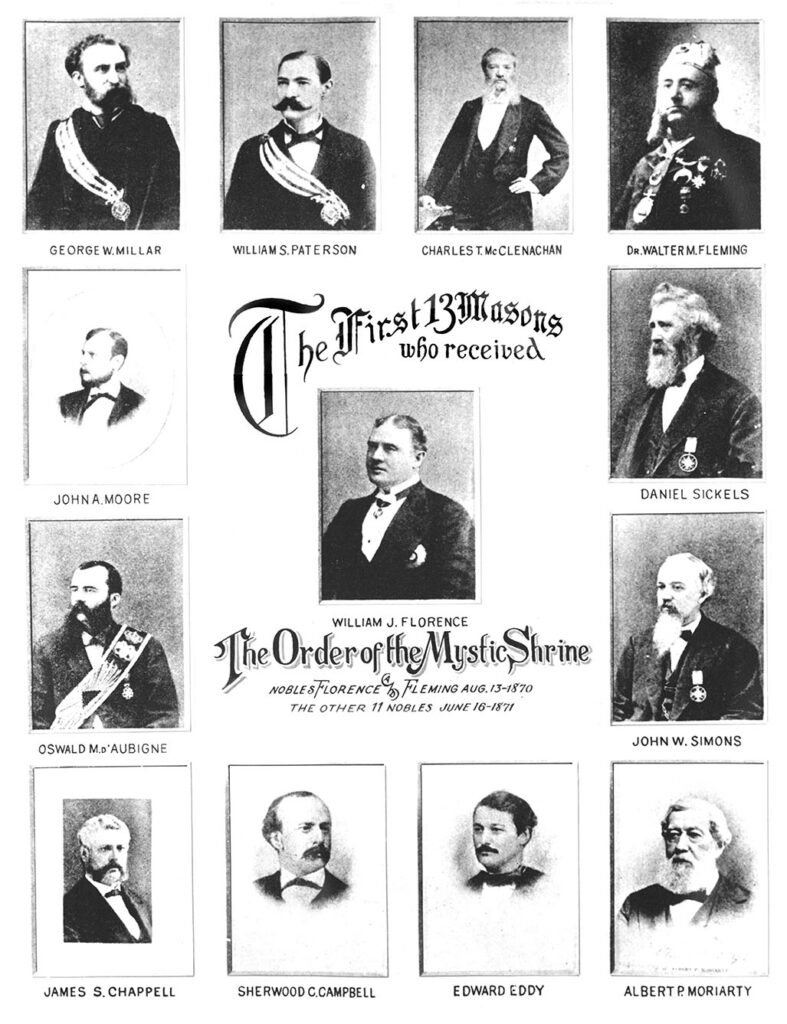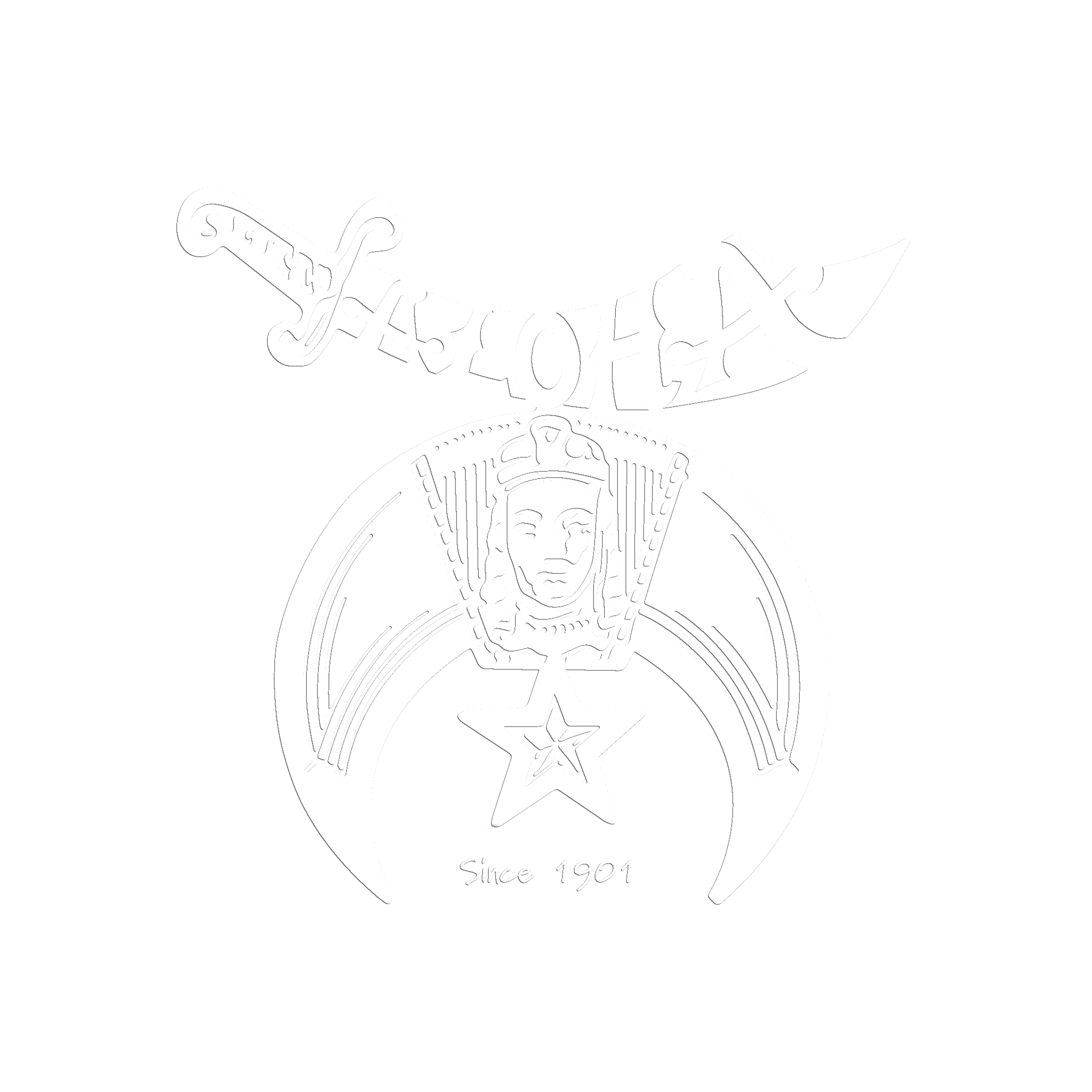WHO WE ARE
Our History
150 Years of Fun and Fellowship
The history of Shriners International is the story of individuals who came together in the spirit of fun and fellowship, who would lay the foundation for a worldwide fraternity and establish a globally recognized pediatric specialty health care system.
In 1870, a group of 13 Masons would regularly meet at the Knickerbocker Cottage in New York City. Often, discussion turned to forming a new fraternity for Masons, based on the tenets of Freemasonry but with the added elements of fun and fellowship.
Walter Fleming, M.D., and Billy Florence, an actor, were among the members of the group. Florence had been on tour in Europe and attended a party given by an Arabian diplomat. The exotic style, flavors and music of the Arabian-themed party led Florence to suggest this as the theme of the new fraternity, while Dr. Fleming and other members of the group then drafted the ritual, designed the emblem and costumes, formulated a salutation and declared that members would wear the red fez. The name of this new fraternity was the Ancient Arabic Order of the Nobles of the Mystic Shrine.
While the fraternity’s first official meeting was in 1871 at the Knickerbocker Cottage, a meeting in 1872 established the first chapter, Mecca Shriners, on September 26. Today, there are more than 195 chapters in countries around the world.
Founded as the Ancient Arabic Order of the Nobles of the Mystic Shrine, the organization has grown and evolved over the decades. In the late 1900s to early 2000s, the fraternity was referred to as Shriners of North America, given that chapters were in the U.S. and Canada. In 2010, a resolution was passed to replace the name with Shriners International, reflecting the fraternity’s worldwide presence.

Why do Shriners wear the fez?
The red fez with the black tassel is one of the fraternity’s most distinctive symbols. Derived from the city of Fez, Morocco, the fez was chosen as the official headgear of the fraternity to complement the organization’s pomp and pageantry, theme, ceremonies and events. Each fez is personalized for the wearer. Information on the fez includes the chapter he belongs to and any positions he holds, and memberships of clubs or units. It is worn at all official Shriners events.
The Emblem
The crescent and scimitar, the emblem on the front of the fez, is an important part of the fraternity’s theme and is representative of the characteristics embodied by the Shriners. The scimitar stands for the backbone of the fraternity, its members. The two claws are for the Shriners fraternity and its philanthropy. The sphinx stands for the governing body of the Shriners. The five-pointed star represents the thousands of children helped by the philanthropy each year. Robur et Furor (``strength and fury`` in Latin) is also adopted as a theme to accompany the emblem
Founding of a Health Care System
From its earliest days the Shriners were known for their philanthropic efforts across the country. During a yellow fever epidemic in Jacksonville, Florida, local Shriners and Masonic Knights Templar worked long hours to help the sick. In 1889 fraternity members came to the aid of the Johnstown, Pennsylvania, flood victims. In fact, many of the chapters were involved in some sort of charitable efforts. In 1919, the Imperial Potentate Freeland Kendrick proposed establishing a hospital to provide medical care at no cost for children with orthopedic conditions. A committee explored the idea and concluded there should not be just one hospital, but instead, an entire healthcare system throughout North America that provides pediatric orthopedic medical care regardless of the families’ ability to pay. The first hospital opened in Shreveport, Louisiana, in 1922. Today, the healthcare system consists of hospitals, clinics, outpatient centers and telehealth sites. Shriners Children's specialties have expanded to burn care, spinal cord injury rehabilitation, cleft lip and palate, sports injury care and rehabilitation services.
Give us a call at (808) 536-9333
Mon-Fri | 8am-3pm


More Information
© Copyright Aloha Shriners | Professionally Built & Managed with Brotherly ❤ by Masonic Webmaster
